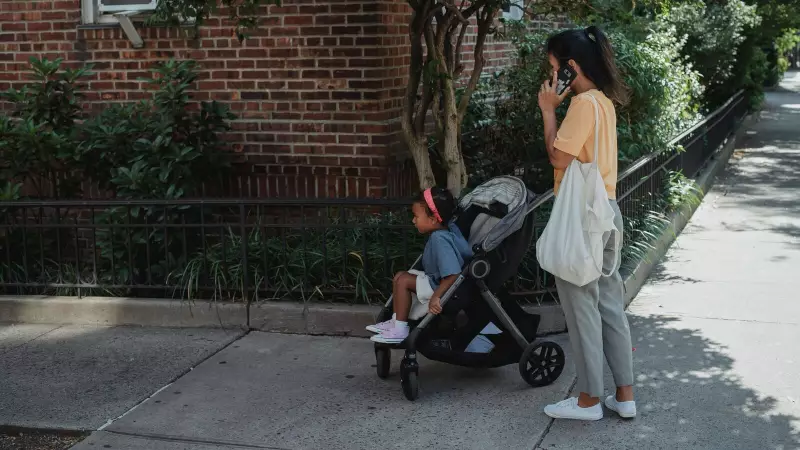
A quiet revolution is unfolding across American workplaces, and it's leaving boardrooms and factory floors noticeably emptier. Millions of women are making a calculated retreat from the US labor force, creating a demographic shift that economists are scrambling to understand.
The Numbers Don't Lie
Recent data reveals a startling trend: American women's workforce participation has hit worrying lows not seen in decades. While other developed nations have seen female employment bounce back post-pandemic, the US tells a different story—one of gradual but persistent decline.
The Perfect Storm of Challenges
Several factors have converged to create this workforce exodus:
- The Childcare Conundrum: Skyrocketing childcare costs are devouring paychecks, making employment financially unviable for many mothers
- The Flexibility Factor: Rigid workplace structures clash with family responsibilities in post-pandemic America
- Pay Disparity Persists: The stubborn gender wage gap continues to discourage female workforce participation
- Pandemic Scars: COVID-19's disruption permanently altered many women's career trajectories
Beyond American Borders
What makes this trend particularly alarming is how it contrasts with global patterns. Countries like Canada and throughout Europe have successfully reintegrated female workers post-pandemic. The US stands out for its backward slide, raising questions about structural support systems.
The Economic Ripple Effect
This isn't just a social issue—it's an economic emergency. When women leave the workforce:
- Household incomes shrink, affecting consumer spending
- Businesses lose valuable talent and perspective
- Economic growth potential diminishes significantly
- Retirement savings gaps widen for affected women
A Call for Systemic Solutions
Experts suggest that reversing this trend requires more than individual effort. Structural changes are needed, including:
Affordable childcare solutions that don't consume entire paychecks, flexible work arrangements that acknowledge family responsibilities, and policy reforms that support working parents rather than penalize them.
The silent exodus of American women from the workforce represents more than just employment statistics—it's a barometer of how well our economic systems serve half the population. The solution will require reimagining what supportive workplaces look like in modern America.





